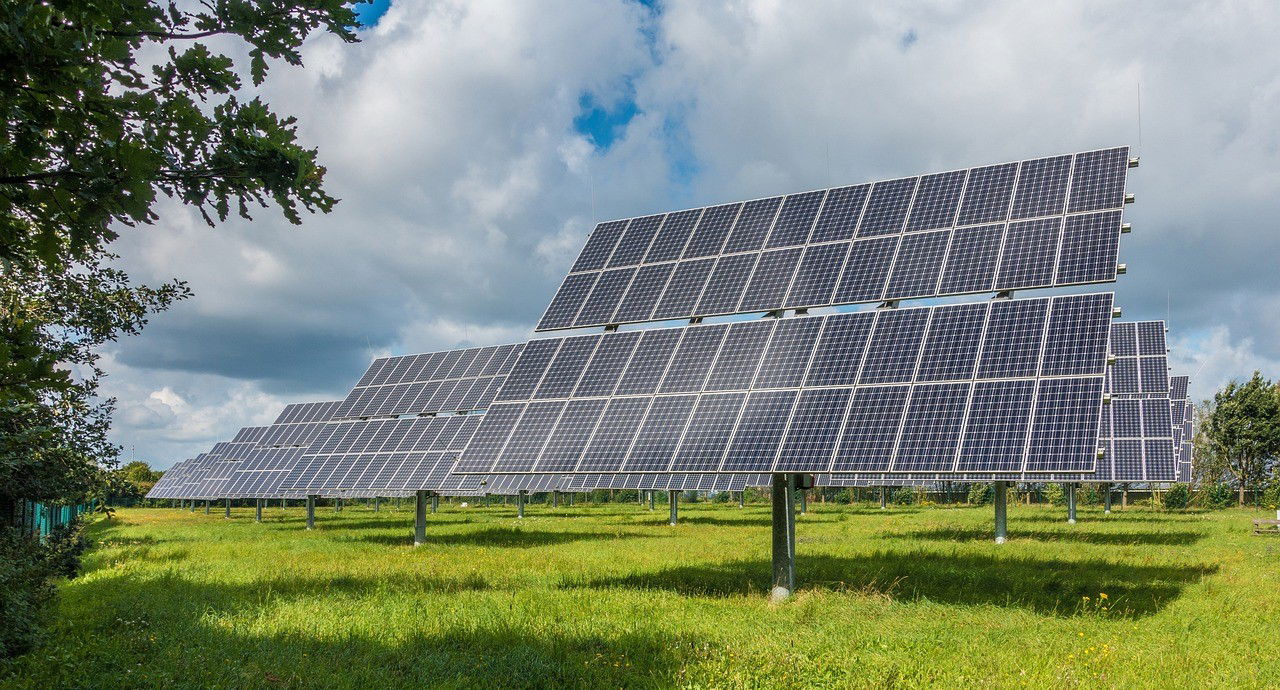
India has achieved a historic milestone by surpassing 100 GW of installed solar power capacity, according to the Ministry of New and Renewable Energy. This accomplishment represents a significant stride toward the nation’s ambitious goal of reaching 500 GW of non-fossil fuel-based energy capacity by 2030, as envisioned by Prime Minister Narendra Modi.
India’s solar power sector has witnessed exponential growth, expanding by an astonishing 3,450% over the past decade. From just 2.82 GW in 2014, the installed capacity has now reached 100 GW in 2025. As of January 31, 2025, the country boasts a total installed solar capacity of 100.33 GW, with 84.10 GW currently under implementation and another 47.49 GW under tendering.
Additionally, hybrid and round-the-clock (RTC) renewable energy projects are progressing rapidly, with a total of 64.67 GW under various stages of implementation and tendering. This brings the total of solar and hybrid projects to an impressive 296.59 GW.
Responding to the development, Union Minister of New and Renewable Energy Pralhad Joshi highlighted the transformative impact of the country’s solar initiatives. “Under the leadership of Prime Minister Narendra Modi, India’s energy journey over the past ten years has been historic and inspiring. Initiatives such as solar panels, solar parks, and rooftop solar projects have brought revolutionary changes. As a result, India has successfully achieved the target of 100 GW of solar energy production. In the field of green energy, India is not only becoming self-reliant but is also setting an example for the world,” he said.
Solar energy remains the dominant force driving India’s renewable energy expansion, contributing 47% of the total installed renewable energy capacity. The year 2024 witnessed a record-breaking addition of 24.5 GW of solar capacity, more than doubling the installations compared to 2023.
Utility-scale solar capacity saw substantial growth, with 18.5 GW added in 2024, reflecting a 2.8-fold increase from the previous year. States such as Rajasthan, Gujarat, Tamil Nadu, Maharashtra, and Madhya Pradesh have played a crucial role in this expansion, emerging as top contributors to India’s solar growth.
The rooftop solar sector has also experienced remarkable progress, with 4.59 GW of new capacity installed in 2024, marking a 53% increase from the previous year. A major contributor to this growth has been the PM Surya Ghar: Muft Bijli Yojana, launched in 2024, which has facilitated nearly 9 lakh rooftop solar installations, enabling households nationwide to adopt sustainable energy solutions.
In 2014, India had a modest solar module production capacity of just 2 GW. Over the past decade, this has surged to an impressive 60 GW in 2024. With strong policy support, India is on track to achieve a solar module production capacity of 100 GW by 2030.
















